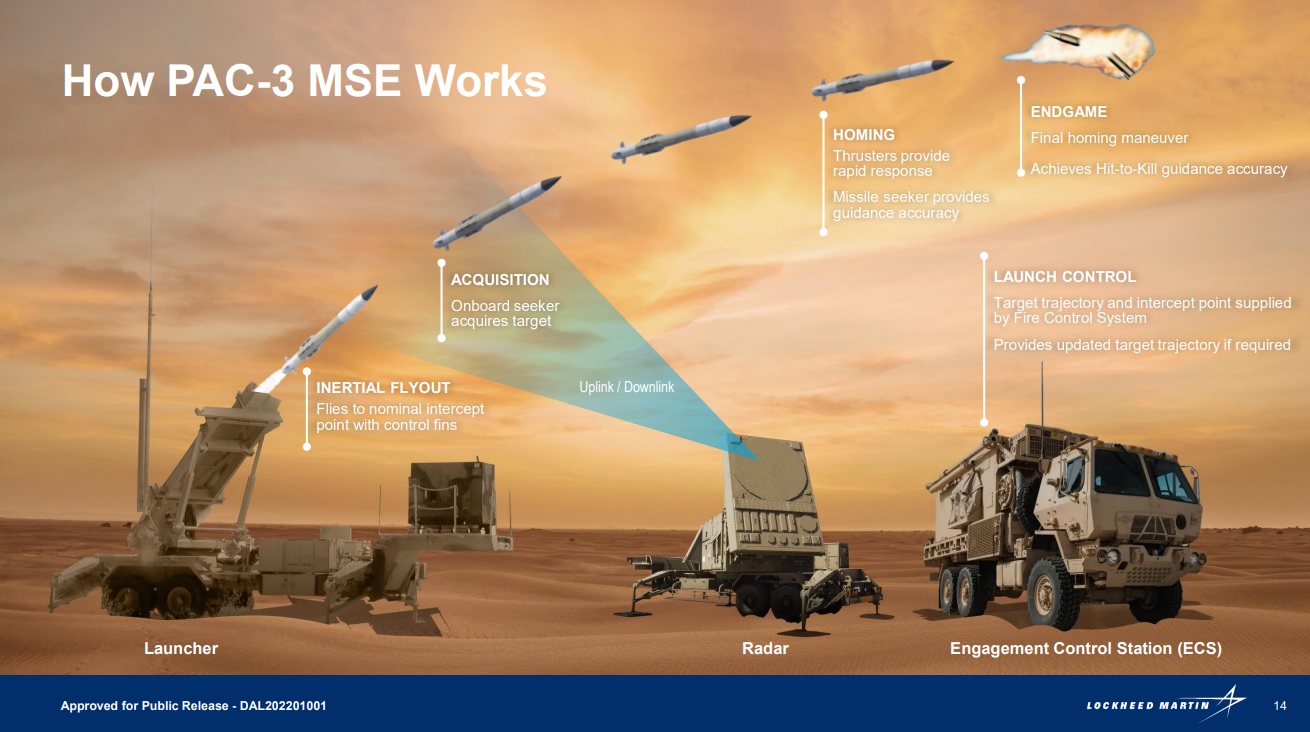Since yesterday, social media has been abuzz with reports that a Russian Aerospace Forces (RuAF) Su-34 was lost to Ukrainian armed forces action.
The Russian Ministry of Defense has made no official statement about Saturday’s alleged loss of the Su-34, and Ukraine’s Ministry of Defense has not commented.
What We Think We Know
Forbes published a report yesterday that collates all the claims about the alleged incident.
The RuAF Su-34 was shot down approximately 50 km (30 miles) from the front lines.
A U.S.-made F-16 Fighting Falcon downed the Russian fighter-bomber.
The Russian pilot didn’t survive. (Actually, the Su-34 is flown by a crew of two.)
The FighterBomber Telegram channel may have first reported the incident with a post, “The Earth is Sky, brothers,” accompanied by a monochrome photo of a Su-34 in a dive toward the ground.
The post, in all likelihood, acknowledges the loss of a Su-34 and its crew.
In the past, the FighterBomber channel has provided good insights, likely based on sources still serving in the RuAF. However, occasionally, the FighterBomber channel has been wrong.
The Telegram post does not specifically suggest that the aircraft or its crew were lost to enemy action, but the somber tone implies as much. The fact that the post doesn’t provide additional information on the loss also suggests a loss due to enemy action.

Analysis Of The Claims
Assuming there was a loss of the aircraft and its crew, how likely is it that the loss was attributed to the Ukrainian military? Let’s start with the reported position of the aircraft – approximately 50 km from the front lines.
That would be about the distance a Su-34 would be from the frontline when releasing UMPK-kitted glide bombs at targets behind the Ukrainian front line.
That would also be the time and distance the Su-34 would be most vulnerable—flying above 6 km altitude, clearly visible to all radars—ground-based or airborne fighter-based—and at low speed after a zoom climb.
UMPK-kitted glide bombs reportedly have a range of around 70 km, so it’s likely that the Su-34 fighters release them around 50 km from the frontline.

At the point of UMPK bomb release, a Su-34 would be highly vulnerable to either a ground-based Patriot MIM-104-launched interceptor or an airborne F-16-launched AIM-120 AMRAAM (Advanced Medium-Range Air-to-Air Missile).
The loss of crew, if true, would suggest that the Su-34 was struck in the cockpit area, which implies that the Su-34 was moving in the general direction of the adversary missile launch platform.
In other words, all the claims made appear logical, suggesting that if a Su-34 was indeed lost, it was likely due to adversary action.
More Likely the Patriot
As to the adversary platform responsible for the downing, the case for the F-16 isn’t as strong as the case for the Patriot PAC-3 interceptor.
The standard warhead fitted on the AIM-120 is blast-fragmentation, which operates on the principle of using an explosive charge to create a destructive radius of shrapnel or fragments.
This warhead is designed to be effective against aircraft, causing structural damage sufficient to disable or destroy the target upon impact or close proximity.
The likelihood of the warhead impacting the cockpit and instantly killing the crew is small, as the terminal guidance capability of the AIM-120 missile’s active radar homing seeker is unlikely to be accurate enough to impact the cockpit.
On the contrary, the PAC-3 Patriot interceptor, which employs a “hit-to-kill” approach, uses a more powerful active radar seeker that guides it to collide directly with the target. The hit-to-kill approach requires high precision, which the PAC-3 active radar seeker provides.

The PAC-3 is designed to hit and destroy ballistic missiles. It packs a lot more kinetic energy during its terminal phase than an air-to-air missile. A PAC-3 strike on the cockpit would kill the crew instantly.
Finally, it’s likely that RuAF Su-34 fighters operate under the top cover of Su-35, Su-30SM, or MiG-31BM fighters, which ensures that no Ukrainian fighters get within the missile launch range of the heavily laden Su34s.
While a low-flying Ukrainian air force fighter can approach the front line, avoiding ground-based radar detection, it’s unlikely that it would be able to evade detection by Russian fighters providing top cover to a Su-34 strike package.
No Clinching Evidence
What I have stated does not make a conclusive case that rules out an AIM-120 kill by a Ukrainian Air Force F-16 for the following reasons.
It’s possible, though highly unlikely, that the AIM-120 supplied to Ukraine was equipped with a different type of warhead, such as the continuous rod warhead.
This type of warhead uses a series of interconnected rods that form a continuous ring or net-like structure upon detonation. When the warhead explodes, the rods expand and rotate, maintaining their integrity and cutting through the target like a saw.
It’s also possible that the crew survived the initial blast and attempted ejection. We don’t know the full facts.
Finally, it is also possible that the Ukrainian F-16s are equipped with an electronic warfare suite that can cloak their approach toward the front line from Russian fighters, providing top cover.
If a RuAF Su-34 was indeed lost, the Ukrainian authorities’ lack of claim is intriguing. Or perhaps not.
Withholding information could well be aimed at creating a “Ghost of Kiev”-like myth around the F-16, which has yet to make any worthwhile impact on the course of Russian special military operations.
- Vijainder K Thakur is a retired IAF Jaguar pilot, author, software architect, entrepreneur, and military analyst.
- VIEWS PERSONAL OF THE AUTHOR
- Follow the author @vkthakur




